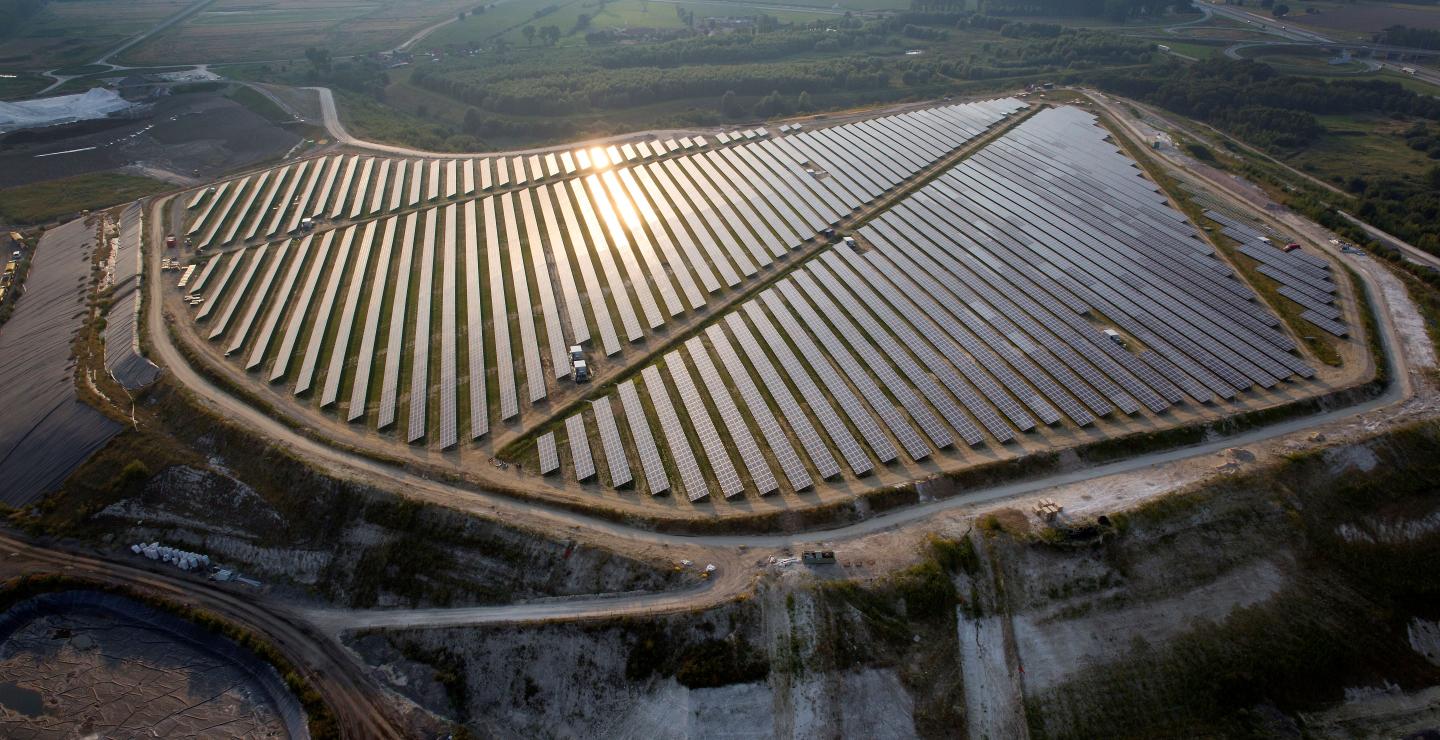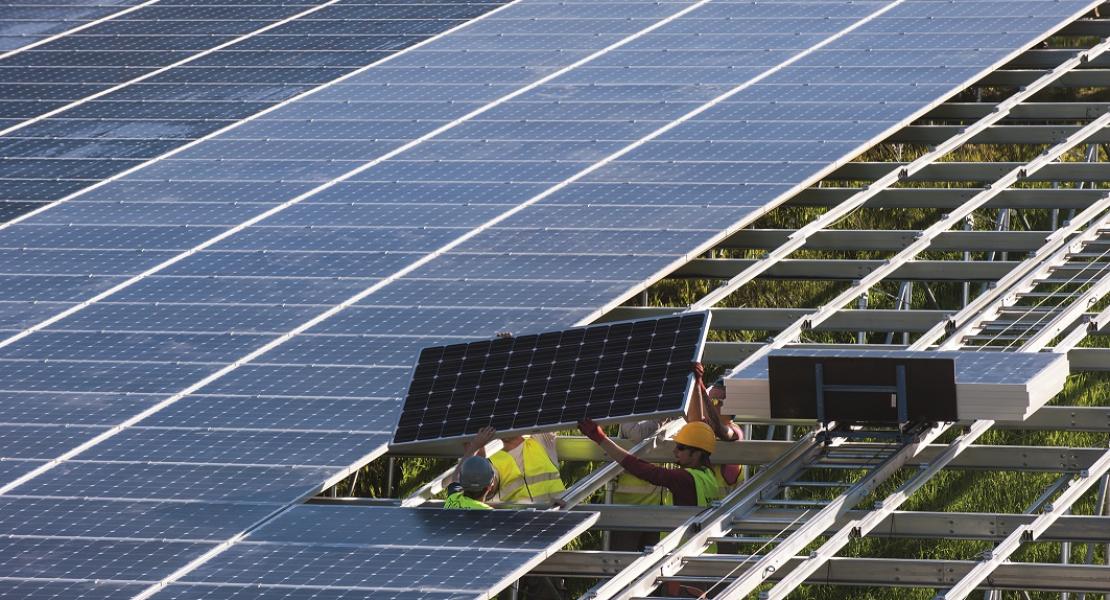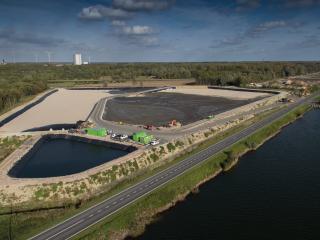DEME is part of a consortium breathing new life into a ‘forgotten’ former industrial site in Zelzate, Belgium. The site included a former phosphoric acid and fertiliser plant (10 ha), coking plant (25 ha) and an existing gypsum stack (85 ha). The consortium was awarded a contract to remediate this historically contaminated area and clean it up so new activities can start.
What we do

Challenge

Our solution
The broad-ranging ‘Terranova’ Project encompassed many different aspects. The various activities we performed are indicated by figures on the accompanying aerial photographs.
More information about the future of each individual site is provided below.
Used technology:
1. Planting a forest
Before the works started, we carried out specific measures to prevent any nuisance to the environment and to the local residents.This included planting a new forest of more than 3 ha in 2010, as well as the construction of a 5 m high slope.
2. Remediation
The former Kuhlmann sites pictured were heavily contaminated and have been remediated. We excavated and cleaned up the contaminated soils and the groundwater was remediated.
We performed the excavation of the contaminated soil and the remediation of the groundwater in the period 2010 – 2018. At present, the quality of the groundwater is monitored.
Additionally, a reorganisation of the sulphuric acid factory (Misa Eco) was successfully carried out by Orrion Chemicals. The phosphorus factory (and the residue production of phosphorus plaster) was then shut down permanently.
Meanwhile, the old Nilefos site has been replaced by a new industrial park, which will create extra employment and the first companies have already started construction work on the site.
3. Industrial site
We demolished all of the old buildings on the site which was prepared to welcome new companies. The first new businesses have now arrived and are already creating employment opportunities.
Gypsum stack
The gypsum stack was never covered over by the previous operator, therefore in 2011 we started with the application of a top seal on the stack. To date, most zones of the gypsum stack are completely covered. On these zones grass was sown and sheep are now grazing. The non-covered zone of the gypsum stack remains licensed as a landfill.
4. Solar energy park
Additionally, solar panels were placed on top of the finished areas of the gypsum stack. In total, 55,000 solar panels have been installed, which provide an annual electricity production for around 3,500 families and this represents the biggest solar energy park in the Benelux. Crucially, the solar panels are not visible from the residential area. The solar panel park was built by a public-private partnership. Many citizens participate in this project through a cooperative society.





